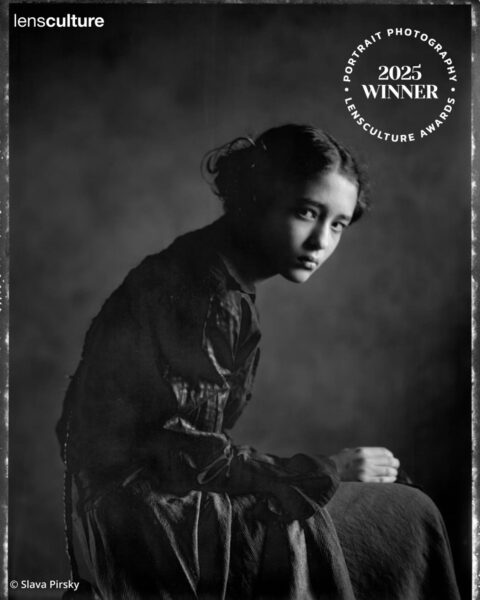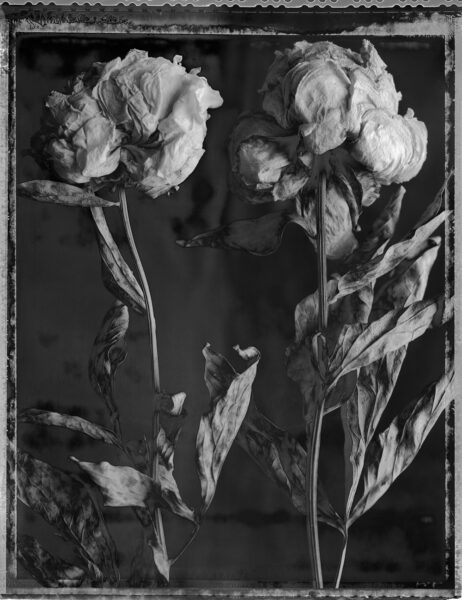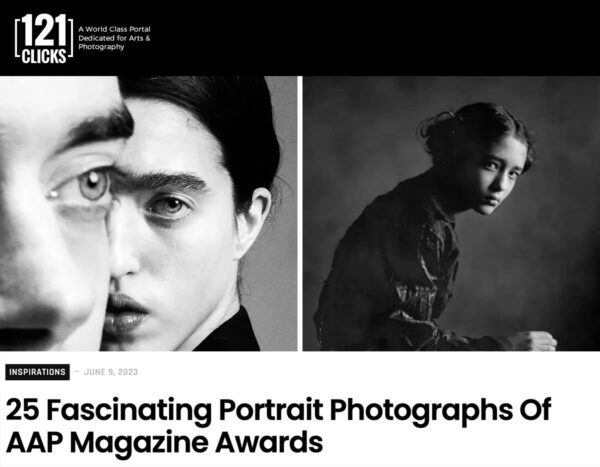
Art is there to stir something in us on some level or other. It may be an emotional thing or something that gets our grey cells whirring, or be a combination of the two. Rifts, Joints and Rifts manages to elicit all the above and more.
The mixed-media photography exhibition currently on show at the Contemporary Art Center, Ramle (CACR) and curated by CACR head Dr. Smadar Sheffi, equally draws the eye and tugs on the heartstrings.
Photographers Anna Hayat and Slava Pirsky are partners in artistic endeavors and in life. The base subject matter of their shots generally comes courtesy of Mother Nature, either in situ or rearranged for the creative occasion.
This is not necessarily about showing the majesty or perfection of our natural surroundings either. As the exhibition title infers, there are pockmarks to be noted and possibly addressed. There are landscape shots and intriguing close-ups of flora at various stages of their growth continuum. But they all have something in common: they all appear to have undergone some extent of repair, with thread dangling from the edges, crisscrossed laterally or along the side of the print.
There is evidently no attempt to present seamless works or to offer the viewer a polished, impeccable artifact. Hayat and Pirsky intentionally stitched the fragmented prints they dissembled themselves in as overt a way as possible. Others, printed on fabric or cardboard, have not been mutilated. Instead, they have been augmented by embroidery stitches that are more than a little on the crude side. It almost looks like they allowed a small child into an operating room.
“We don’t want to blur the breaks,” Hayat declares. “This comes from the Japanese method of Kintsugi. It is a technique for restoring pottery vessels whereby they underscore the joints by adding gold and silver [powder] to the [lacquered] interface lines.” Hayat notes the Japanese sought to impart the history of the work in question, based on a philosophy of embracing the flawed and imperfect.
“The Japanese approach it to relate to the past, not to hide it away or cover it up,” she continues. She and Pirsky adopted the idea and ran with it in devising Rifts, Joints, and Rifts.
“The Japanese approach it to relate to the past, not to hide it away or cover it up.”
Anna Hayat
Feeding off angst and trauma, starting from the Russian invasion of Ukraine
Over the past year or so, there have been quite a few works of art in all sorts of disciplines that reference the challenges of the pandemic. The Hayat and Pirsky set feeds off a very different source of angst and trauma. “We started with this project right at the beginning of the war [in Ukraine],” Pirsky explains. “We both come from Russia but it hurts us even more. We have been living in Israel for over 30 years but it is still a [Russian] culture in which we grew up.”
The artists say the exhibition is not just about reconnecting pieces of large photographs they engineered themselves. The process of creation has been a therapeutic passage for them, too. “Until this project, we engaged in orthodox photography but then we decided to get into all sorts of unconventional materials,” says Pirsky.
The couple actually went out on a technical limb in all sorts of areas. “Most of the works here are printed on canvas. We used a big old camera, four by five (large format) and – even worse – we used Polaroid plates which went out of production in 2007 after the company went bust.”
The result is an evocative spread of monochrome prints laced, literally, with emotive content. The majority of the pictures feature flowers that are clearly past their prime, which exudes a graceful yet forlorn feel. The reference to the war in Eastern Europe is spelled out in inescapable terms in a stripy – presumably Ukrainian – flag image complete with several rows of cross stitches reminiscent of the rows one sees in enormous military cemeteries.
HAYAT AND Pirsky appear to have stretched the recognized bounds of their primary discipline way beyond its breaking point. In addition to the dangling and stitched thread, there are various other extraneous complements and additional strata, vertical and horizontal. Some works comprise two or more images that somehow flow together. “We have been playing around with this concept for some time,” Hayat notes. “You get the continuation of reality.”






